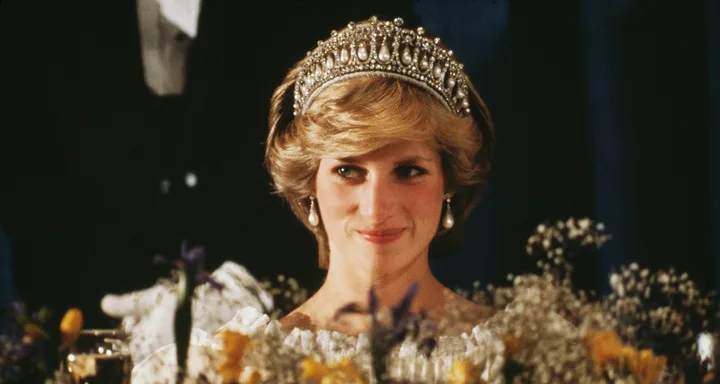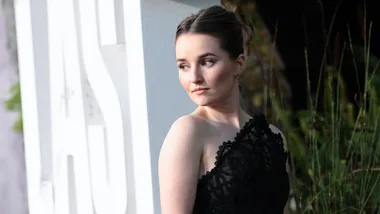Just as there are different protocols and etiquettes in royal families across the world, from ultra-conservative to more modern takes, each monarchy also has its own individual approach to tiaras.
Some, like Belgium, prefer their headwear to be on the daintier side, opting for petite designs and subtlety oversize. Others, like the Danish, gravitate towards more unique motifs, including steel flowers and ruby leaves.
But in every royal family, there are the big guns.
Below, a look at the biggest (and sparkliest) of them all.

The tiara: The Stuart Tiara.
The wearer: Máxima, Queen of the Netherlands.
The details: Made in 1897 to house ‘the Stuart diamond,’ the colossal 39-carat pear-cut diamond at the top, and (according to rumour) over 900 other diamonds of various sizes.

The tiara: The Bragança Tiara.
The wearer: Queen Silvia of Sweden.
The details: Standing at 12.5 centimetres tall and (reportedly) weighing 3 kilograms, the tiara originated from Brazil and is still one of the largest tiaras worn today.

The tiara: The Luxembourg Empire Tiara.
The wearer: Maria Teresa, Grand Duchess of Luxembourg.
The details: Often considered one of the biggest tiaras in Europe, this ‘Empire’-style piece stands at over four inches tall.
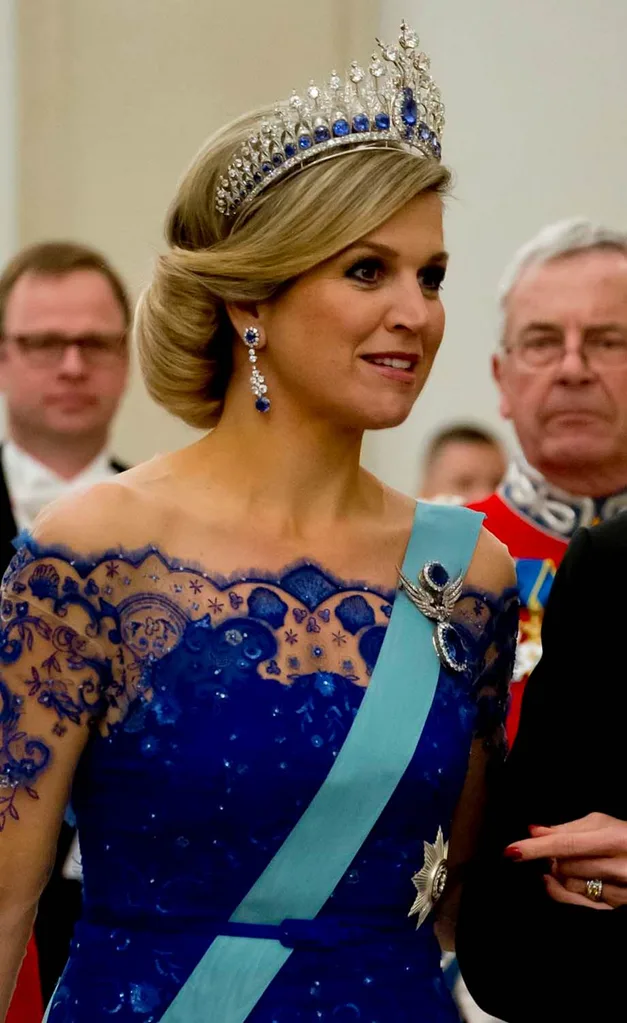
The tiara: The Dutch Sapphire Tiara.
The wearer: Máxima, Queen of the Netherlands.
The details: With a 44 carat diamond at the centre, the Dutch Sapphire tiara is one of the largest pieces in the Dutch collection. It was worn by Queen Máxima to her husband’s coronation as king.
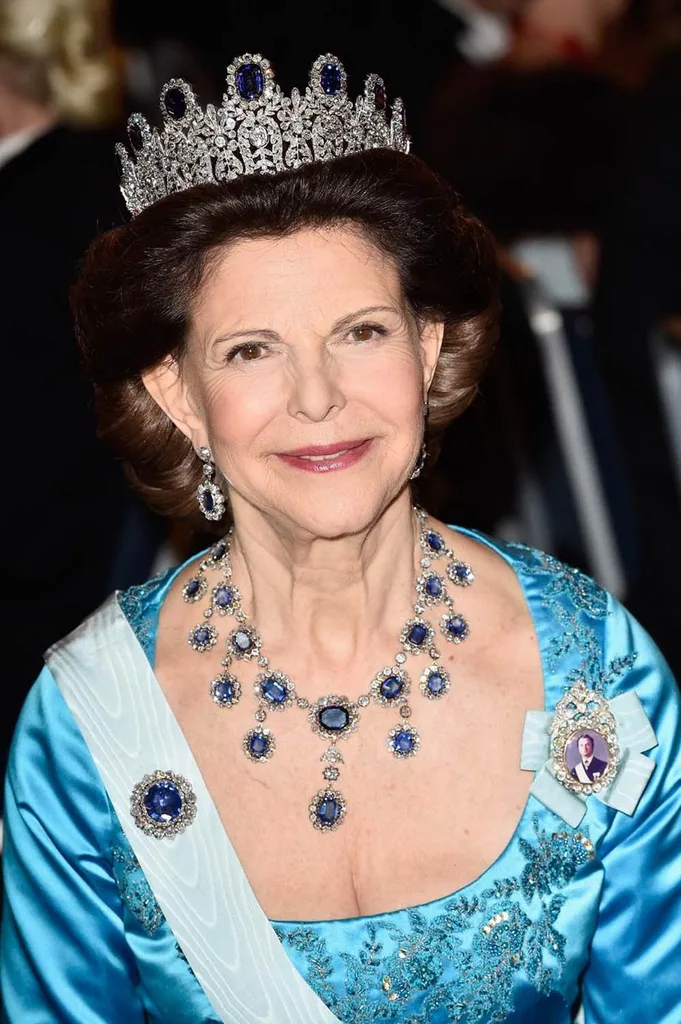
The tiara: The Leuchtenberg Sapphire Tiara.
The wearer: Queen Silvia of Sweden.
The details: Made of floral and leaf motifs, the tiara was originally made to house pearls which were then swapped out for the 11 sapphires you see now.
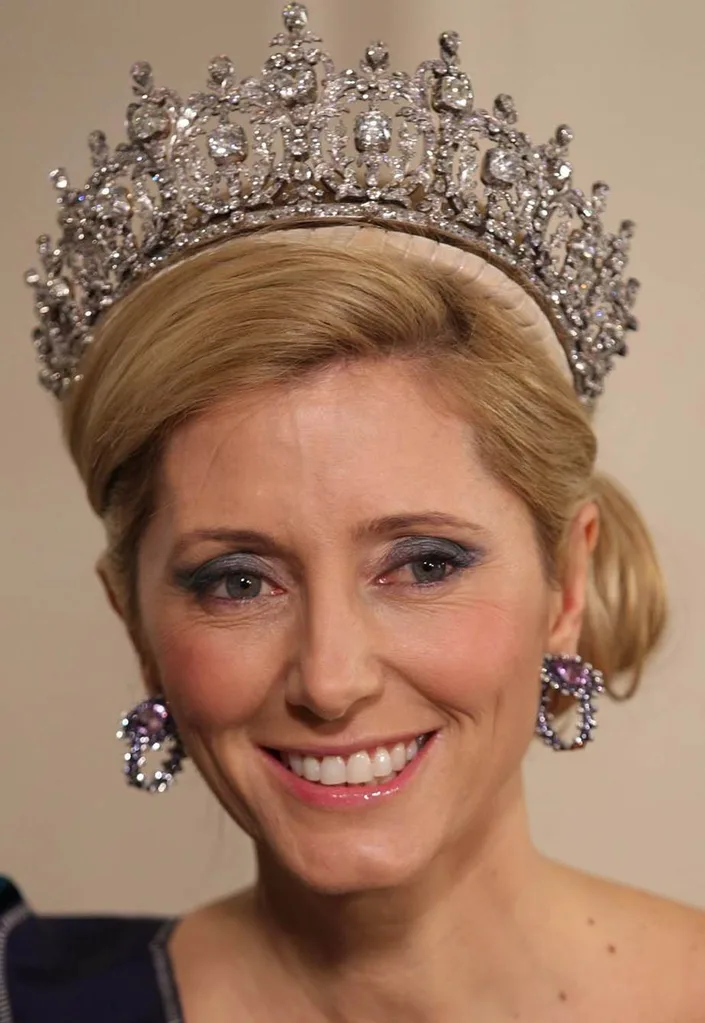
The tiara: Queen Sophie’s Diamond Tiara.
The wearer: Princess Marie-Chantal of Greece.
The details: This huge tiara calls on emerald-cut diamonds throughout the design.

The tiara: Empress Joséphine’s Emerald Tiara.
The wearer: Queen Sonja of Norway.
The details: Using swirls and scrolls in gold and platinum, this tiara was made around 1820.
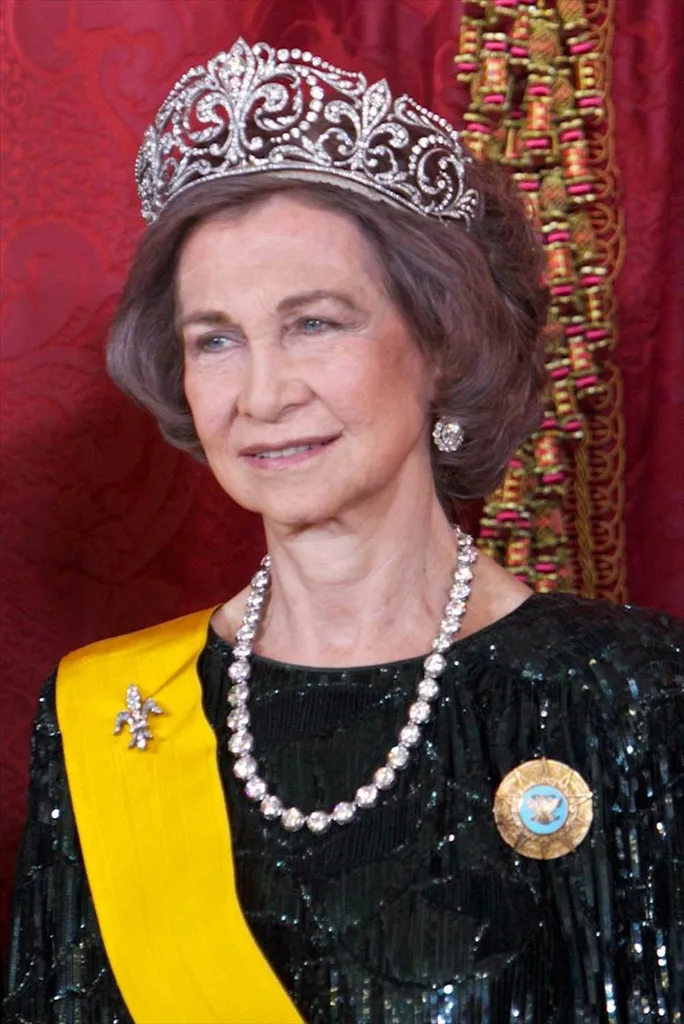
The tiara: The Fleur de Lys Tiara.
The wearer: Queen Sofia of Spain.
The details: Made in 1906, this tiara uses diamonds and platinum in fleur-de-lys motifs.
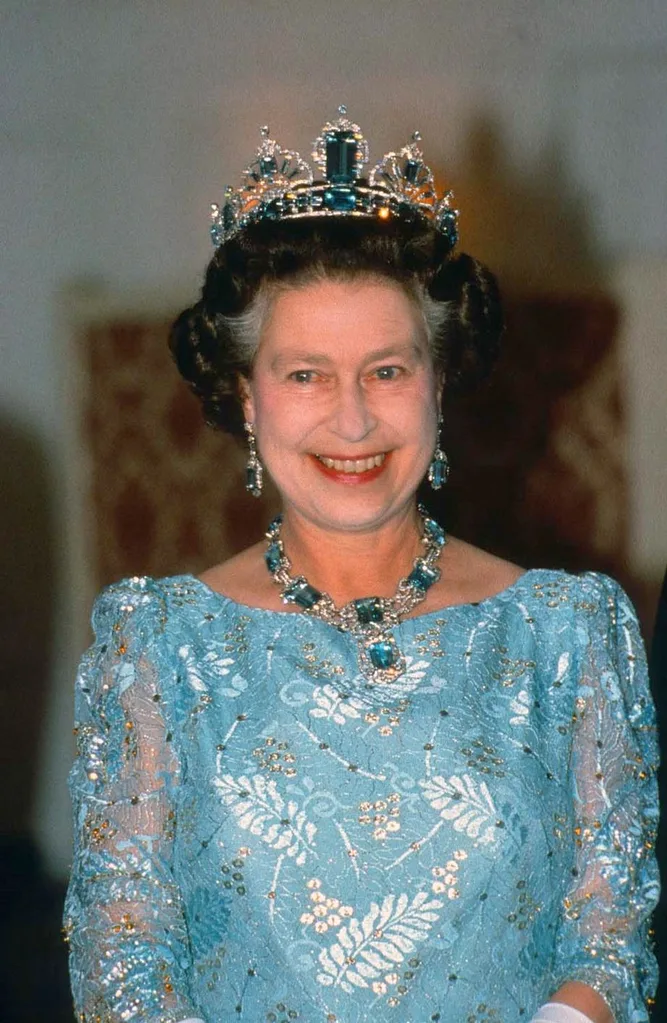
The tiara: The Brazilian Aquamarine Parure Tiara
The wearer: Queen Elizabeth II
The details: Gifted to Queen Elizabeth II for her coronation in 1953, this tiara was from the President of Brazil at the time. This seven-pointed crown features huge emerald-cut aquamarines, encircled by smaller diamonds.

The tiara: Empress Joséphine’s tiara.
The wearer: Princess Grace of Monaco.
The details: While this huge tiara doesn’t actually belong to the Monaco Royal family, it became well-known after Princess Grace loaned it from Van Cleef & Arpels for a ball in 1966.
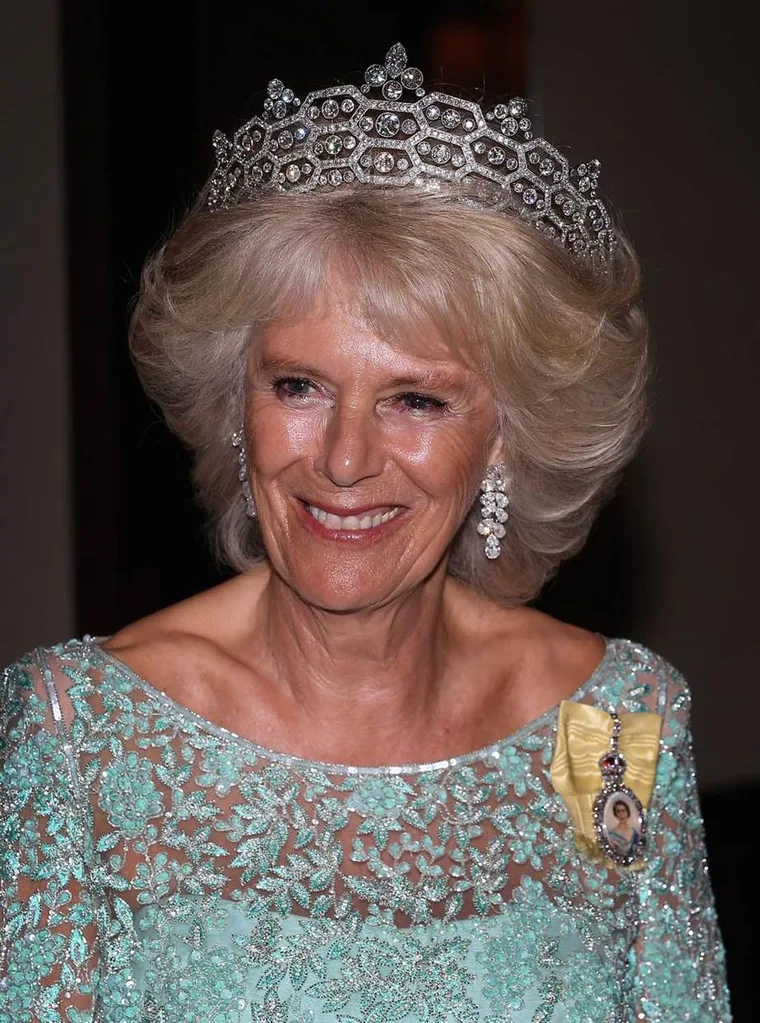
The tiara: The Greville Tiara.
The wearer: Queen Camilla, Queen Consort of England
The details: This gorgeous diamond-encrusted tiara features a striking ‘honeycomb’ design and was actually made from other dismantled jewellery in 1901. This tiara is particularly tall, sitting most of the way across the head, making it one of the larger styles worn by Camilla.
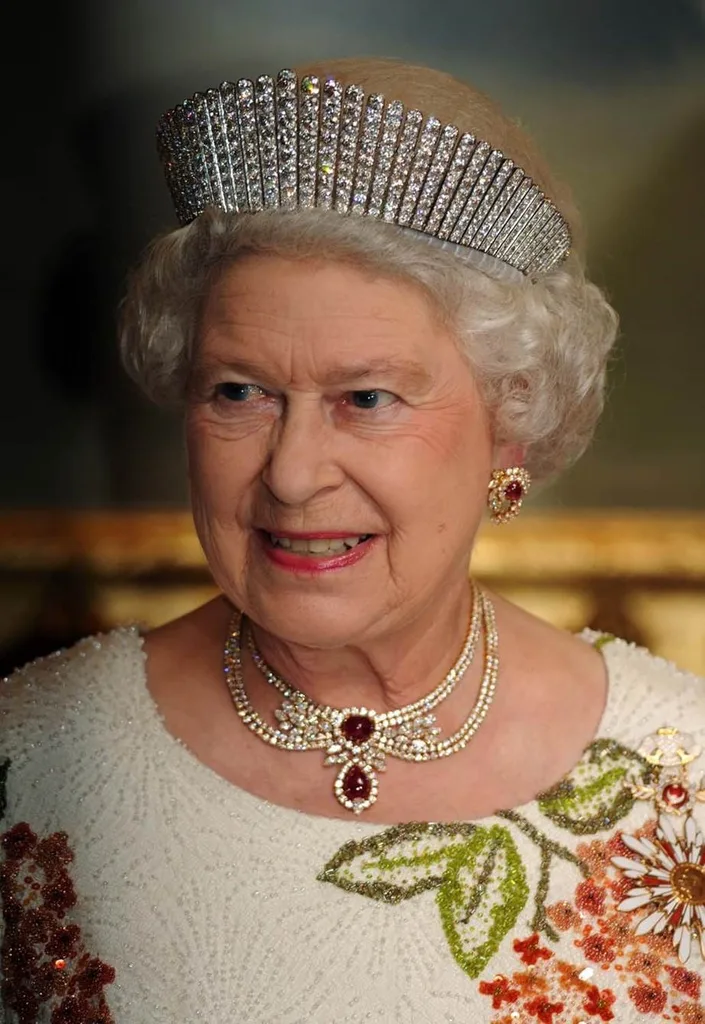
The tiara: Queen Alexandra’s Kokoshnik Tiara.
The wearer: Queen Elizabeth II of England.
The details: This tiara has 488 diamonds set into 61 platinum bars, forming a Russian-style kokoshnik tiara. It was originally made for Queen Alexandra’s silver wedding anniversary in 1888, and there’s no denying that it is certainly decadent enough for the occasion.
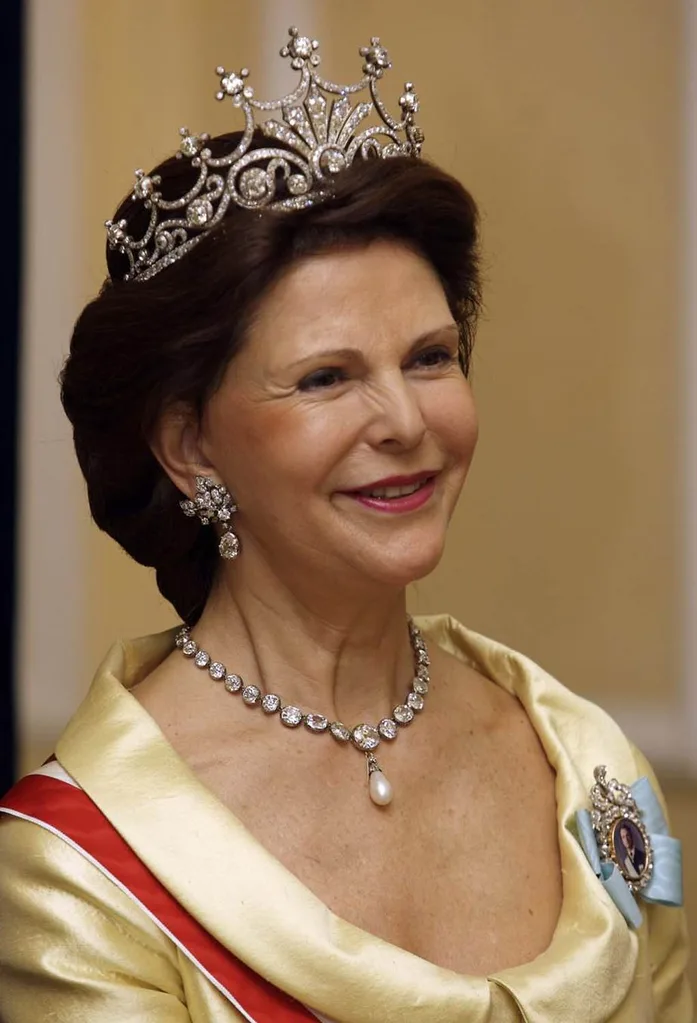
The tiara: Queen Sophia’s Diamond Tiara.
The wearer: Queen Silvia of Sweden.
The details: There are more than 500 different diamonds of various sizes in this colossal tiara.
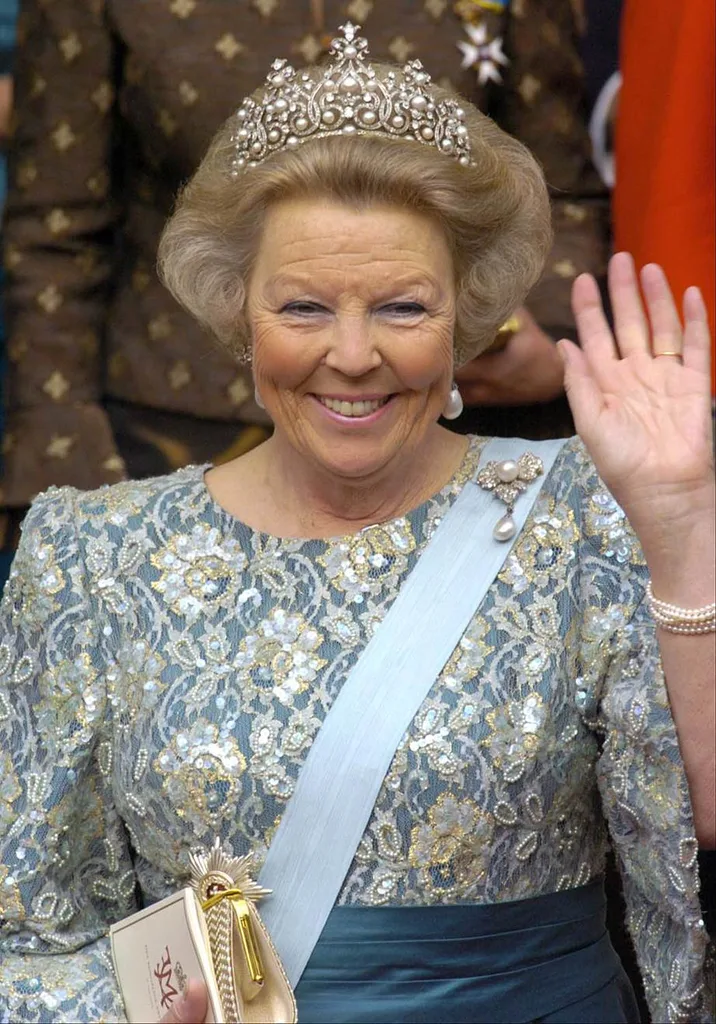
The tiara: The Württemberg Tiara.
The wearer: Queen Beatrix of the Netherlands.
The details: This platinum tiara was originally created in 1897, a year ahead of her enthronement, making it particularly special. The large design features 11 pearls as the focal point.
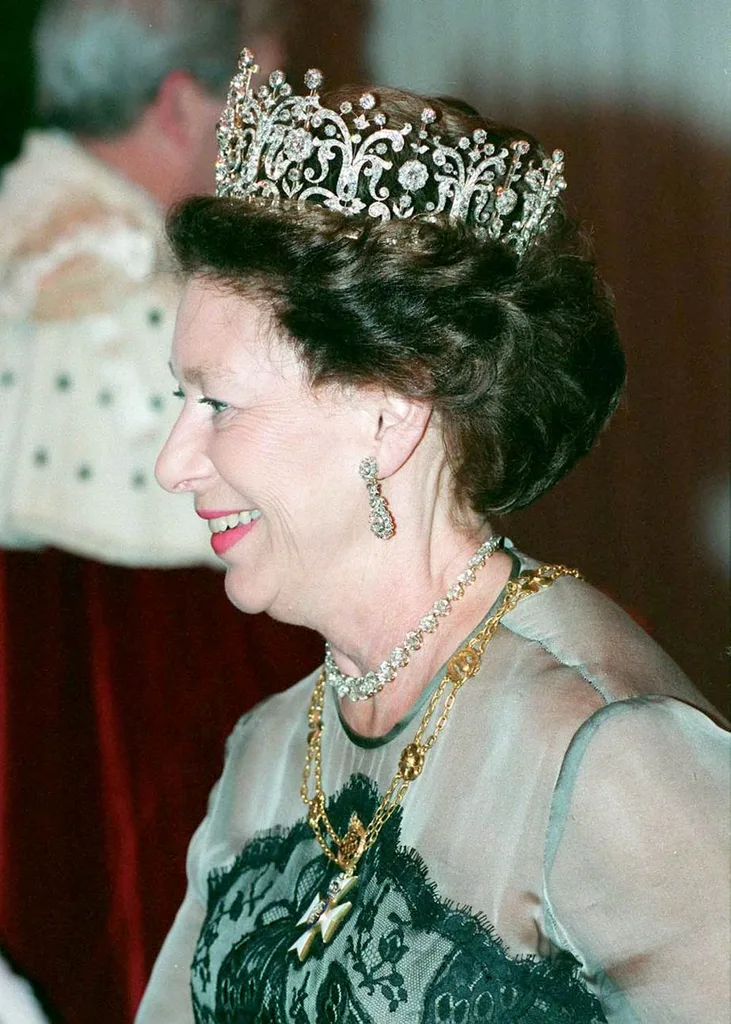
The tiara: The Poltimore Tiara.
The wearer: Princess Margaret, Countess of Snowdon.
The details: Princess Margaret bought this tiara from an auction in 1959. It is made of scrolls and diamond clusters, and interestingly mounted in both silver and gold. It is believed the original tiara was created in 1870, and it is called the ‘Poltimore’ tiara due to its prior owner, Lady Poltimore, the wife of the second Baron Poltimore and Treasurer to Queen Victoria’s household 1872-1874.

The tiara: The Cartier Loop Tiara.
The wearer: Letizia, Queen of Spain.
The details: This tiara was made in 1879 for the future Queen of Spain, Maria Christina. It is made of diamonds and pearls, set in platinum.
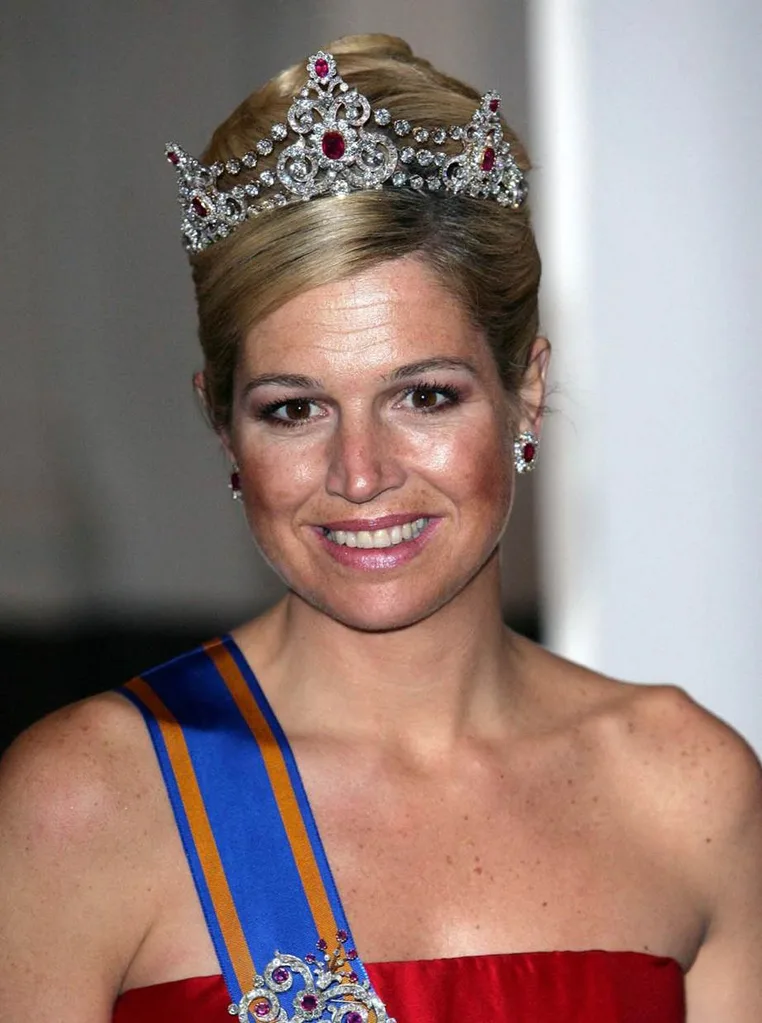
The tiara: The Mellerio Ruby Tiara.
The wearer: Máxima, Queen of the Netherlands.
The details: This piece features rubies and diamonds in three main scrolls.

The tiara: The Cameo Tiara.
The wearer: The Swedish Royal Family.
The details: Thought to be one of the oldest tiaras still worn, it features cameos set in gold with pearls.

The tiara: The Delhi Durbar Tiara.
The wearer: Queen Camilla, Queen Consort of England
The details: Although it is more regularly worn without, this giant tiara can be topped by 10 cabochon emeralds or the colossal 95-carat Cullinan III diamond.

The tiara: The George VI Sapphire Tiara.
The wearer: Queen Elizabeth II of England.
The details: Made with cushion- and lozenge-cut sapphires, this tiara also features round-cut diamonds on a platinum base. Queen Elizabeth II bought it from Princess Louise of Belgium’s collection.
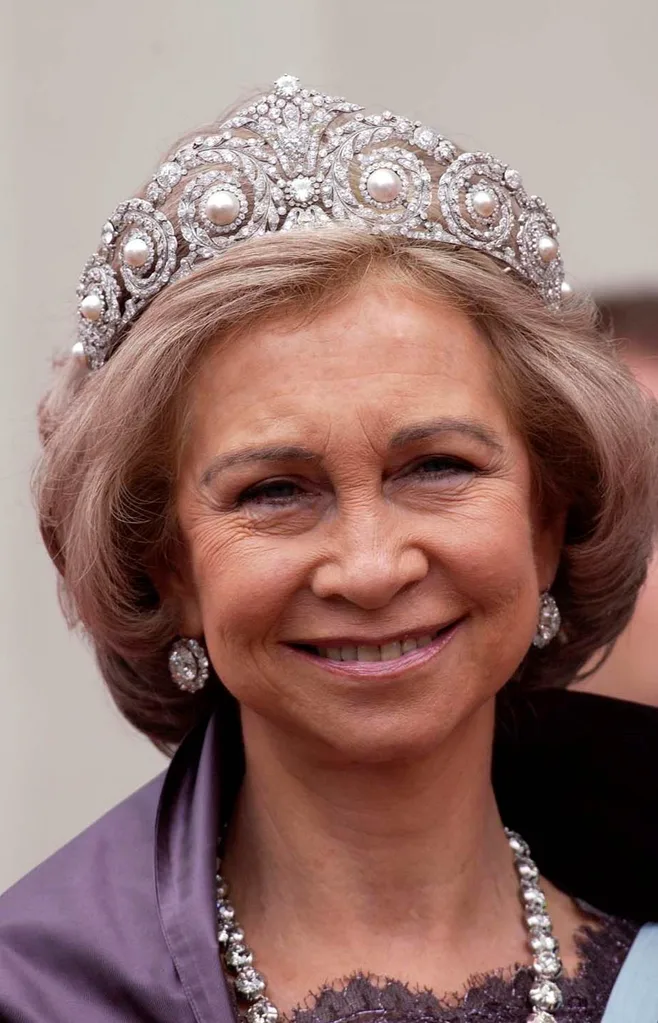
The tiara: The Cartier Diamond and Pearl Tiara.
The wearer: The Spanish Royal Family.
The details: The pearls in this swirling diamond tiara can be swapped out for emeralds.
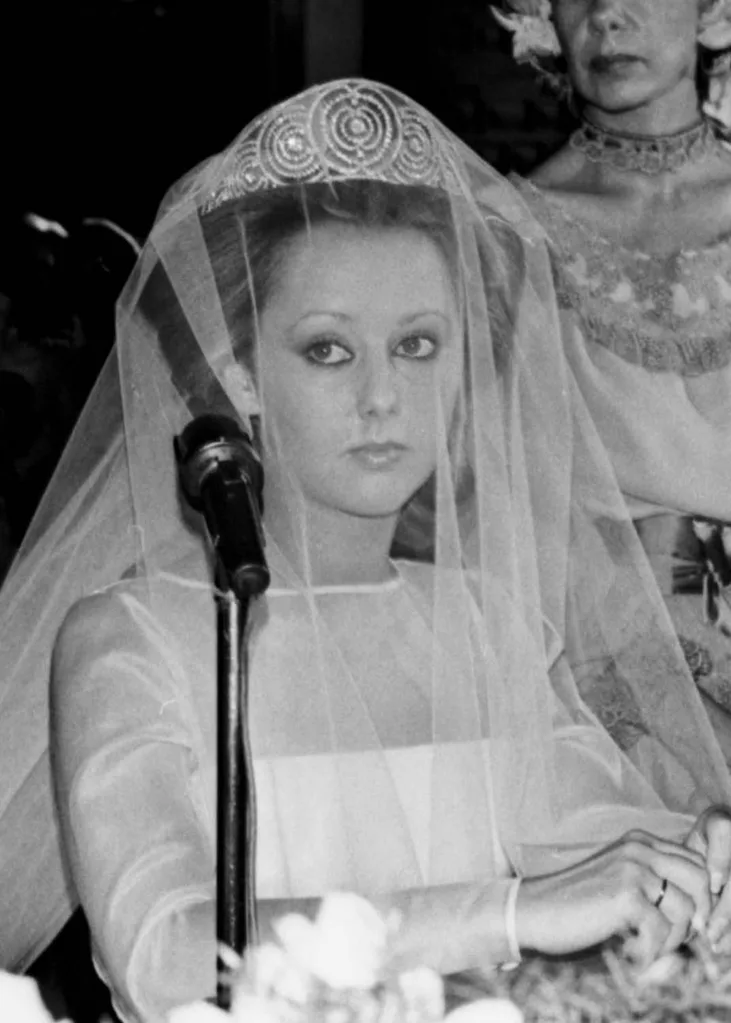
The tiara: The Alba Russian Tiara.
The wearer: Cayetana Fitz-James Stuart, 18th Duchess of Alba.
The details: Originating from Russia for a Spanish royal, this tiara centred around circular diamond designs.

The tiara: The Cut Steel Tiara.
The wearer: The Swedish Royal Family.
The details: Rumour has it that this diamond-less steel tiara was found by Queen Silvia forgotten in a cupboard when she became queen.
